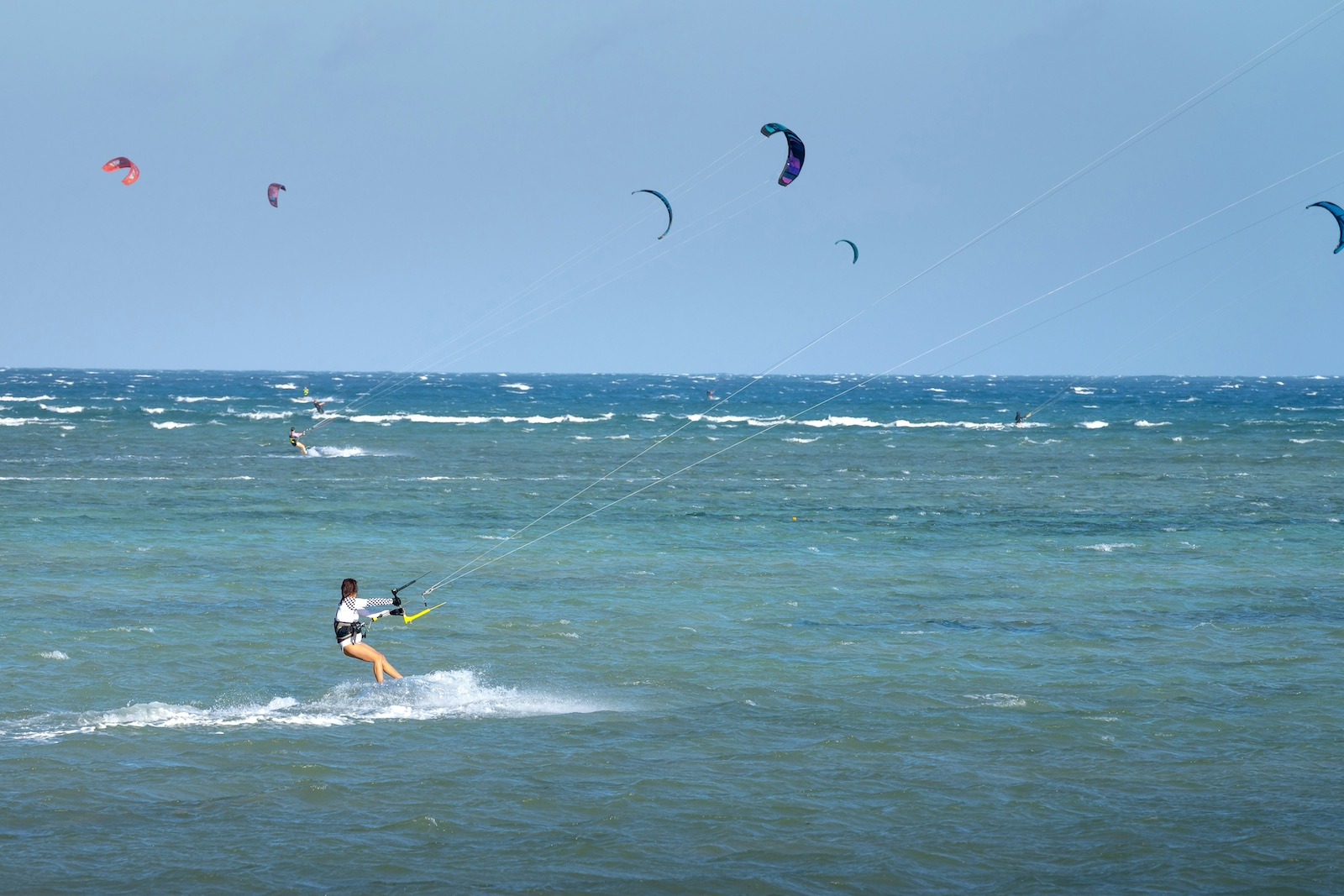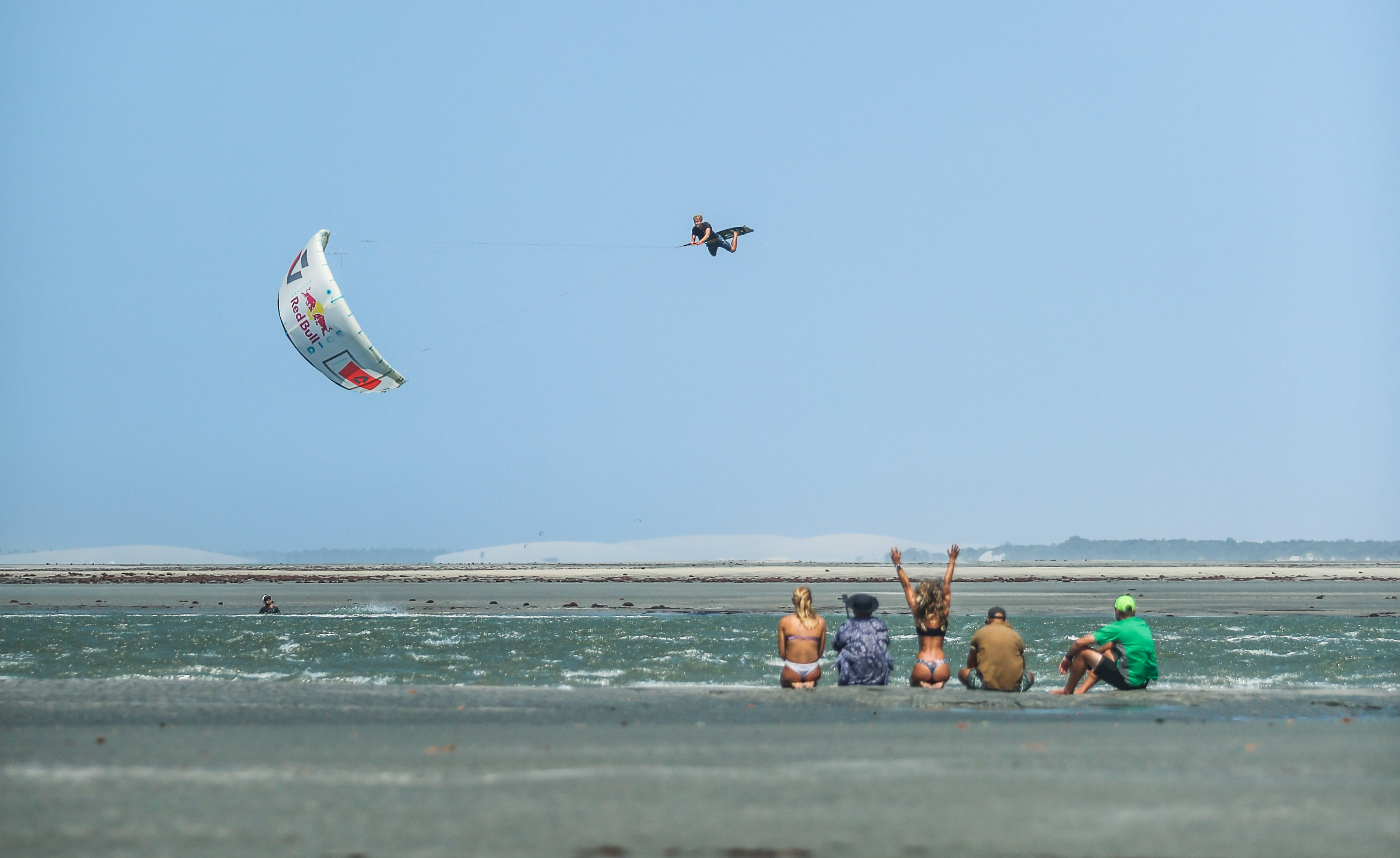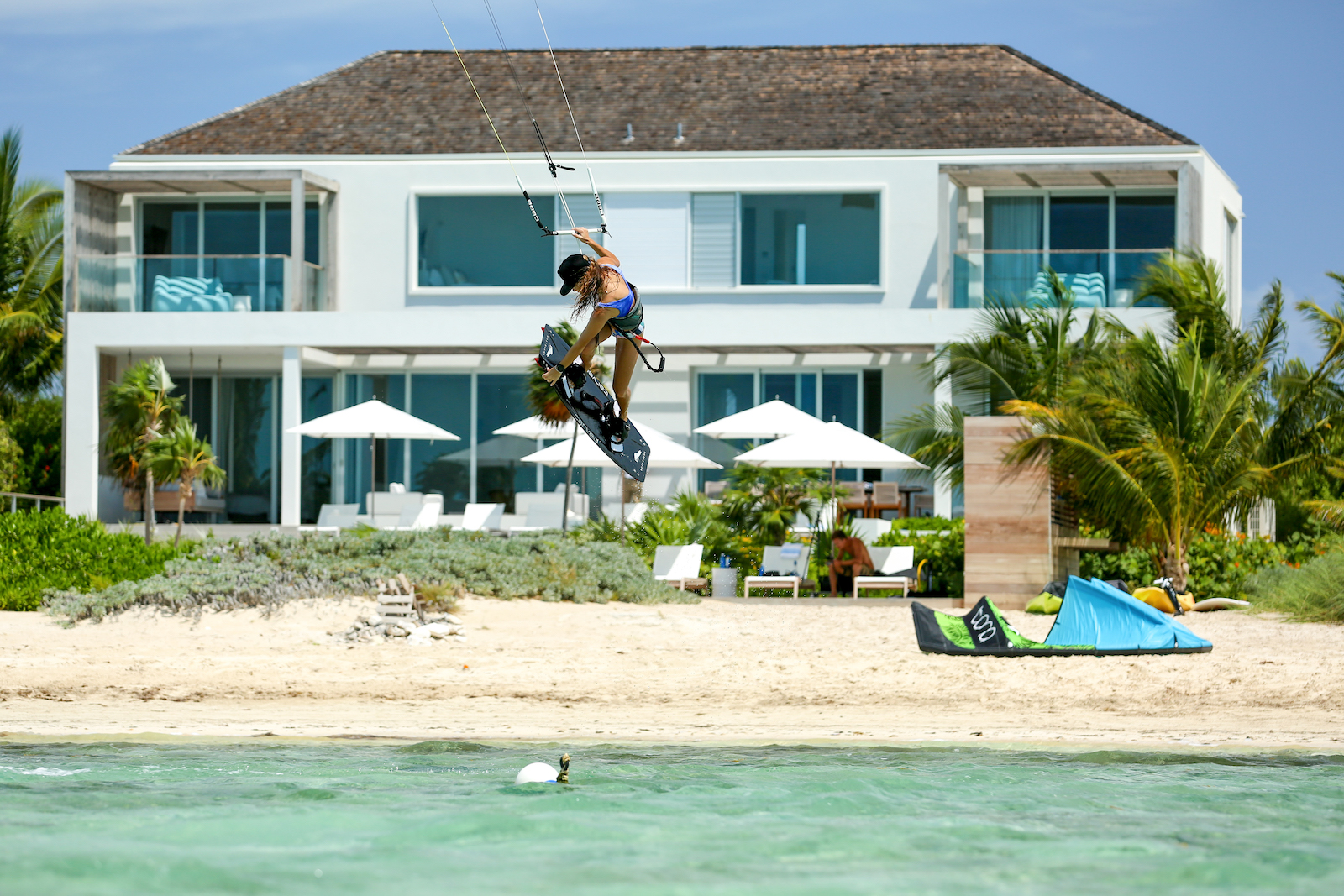Kiteboarding is born from a simple concept that has driven the world for millennia – the basic use of wind for transportation and adventure.
What used to be a relatively small sport practiced by a few hardcore guys has become one of the lowest barriers to entry for those getting into windsports, and now boasts a mind-boggling industry cap of an estimated $250 million.
It’s hard to deny that kiteboarding has exploded onto the extreme sport scene since the advent of kite technology, social media, and digital cameras in the past few years. It is a sport that lends itself to photography and thrill seekers. High winds, scenic backdrops, and the sense of no-holds-barred pure fun and freedom make it perfect for a generation that is constantly looking for new ways to be outside.
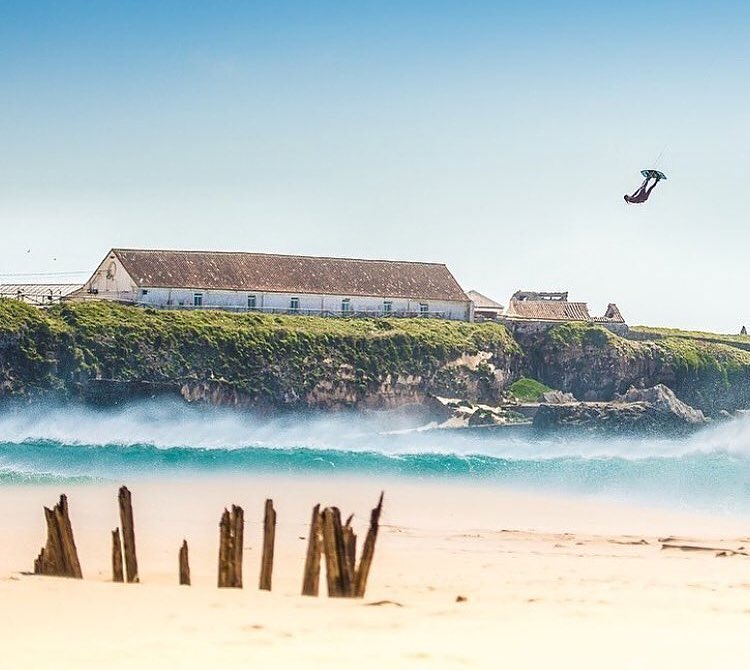
While kiteboarding may be a sport that’s new to the masses, it has a long and fascinating history from 18th century England to the 2016 Rio Summer Olympics and beyond.
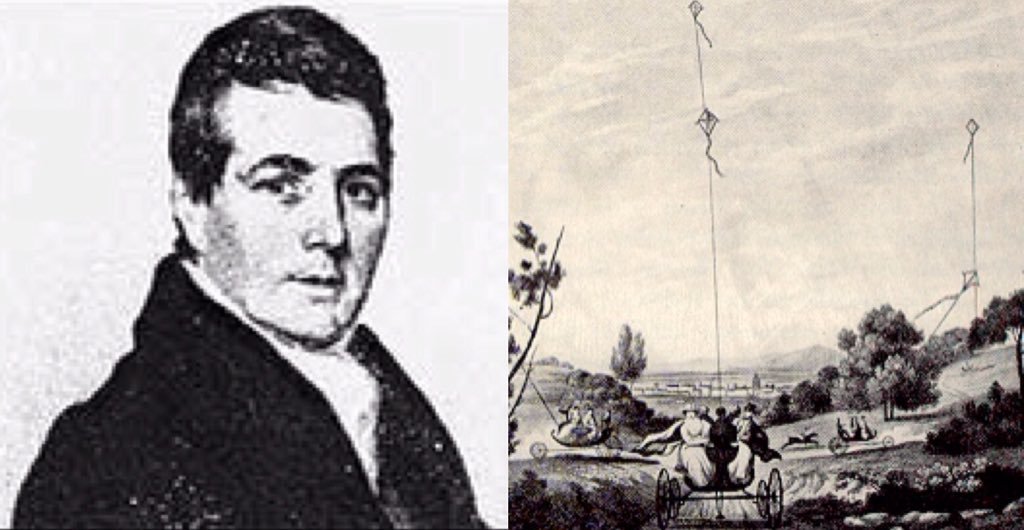
The first documented adventure into using kites for transportation is attributed to George Pocock, an inventor and teacher born around the time of the American Revolution. He was a schoolteacher in England, and invented the first kite-drawn carriage to save money on horse maintenance and avoid a new state tax aimed at horse ownership. His inventions brought about the 4-line system still used today. While his attempts were manifested mainly on land, it wasn’t long before others began experimenting with one-man kite powered transportation on the water.
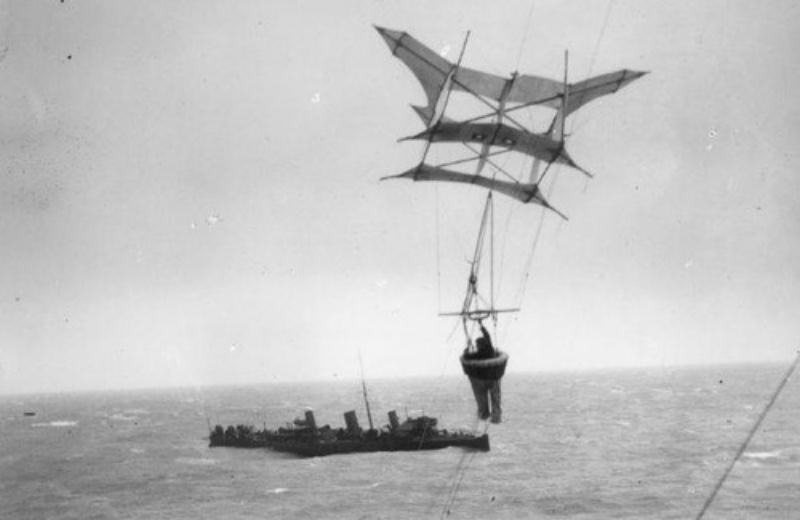
In 1903, aviator and wildman Samuel Cody attempted and completed a crossing of the English Channel in a small boat powered by kite using Pocock’s 4-line system. This stunt was the closest to modern kiteboarding and led to the invention of Cody War Kites, which were used by the English in World War I to spot artillery.
By the late 1970s, technological advances in materials made a board and kite system more feasible. Gijsbertus Adrianus Panhuise from the Netherlands filed the first patent for “KiteSurfing”. His system largely represents what we see today – a board, harness, and kite steered by a solo rider. The patent caused a small uproar in the space, but was before it’s time to become widespread and commercially viable.

By 1984, brothers Bruno Legaignoux and Dominique Legaignoux from France patented the first inflatable kite, lowering the barrier to entry even more as kitesurfers could now re-engage with the wind more easily if they faltered. They filed a patent which is still in use today for manufacturers of kiteboarding materials.
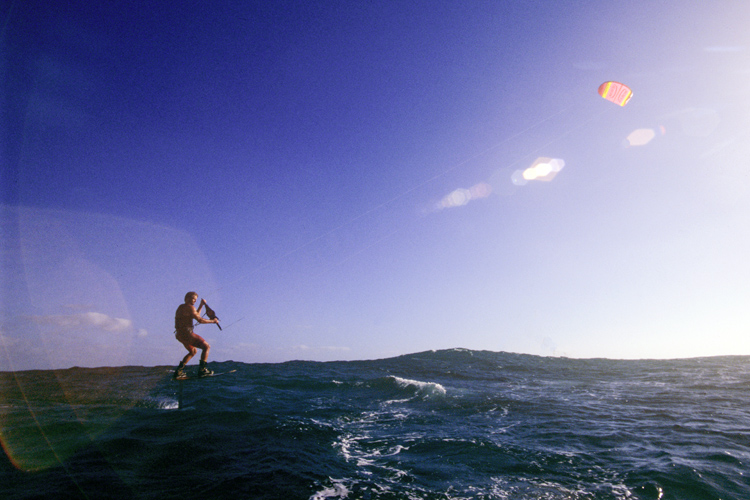
In 1996, the ever-present pro surfer Laird Hamilton took kitesurfing to the next level with his friend Manu Bertin by practicing the sport off the coast of Hawaii. These two ripping around in high winds off Maui caused a media sensation, and kitesurfing took on a whole new role in the outdoor space as cutting edge and cool.
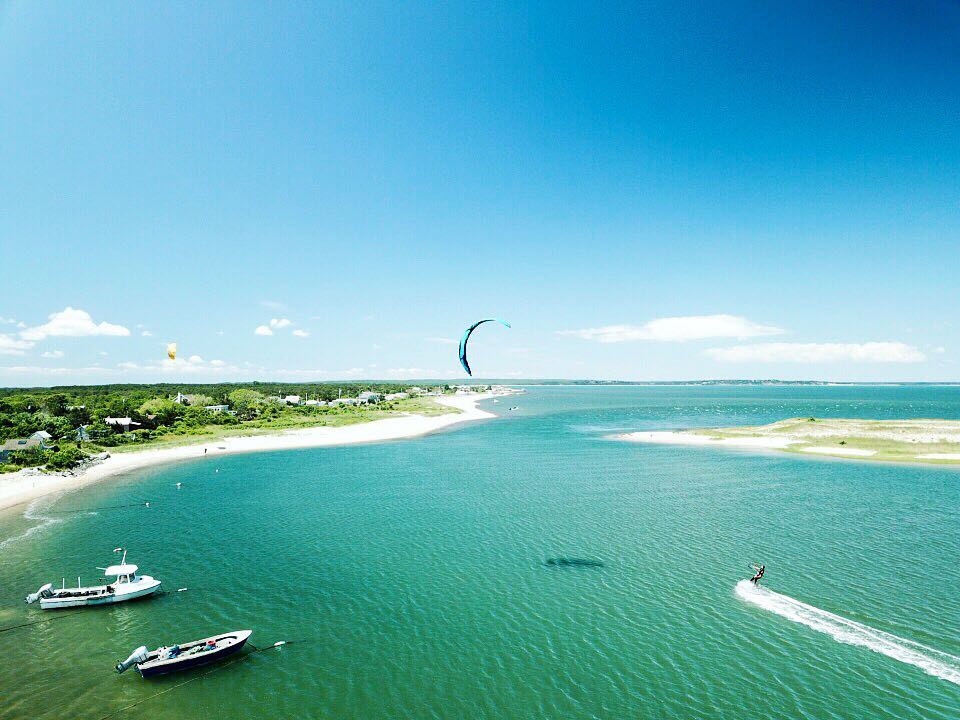
Even more technological advances followed through the year 2000. Boards, lines, and materials were dialed in for specific purposes and made widely available. Kiteboarding schools and clinics began to pop up all over the world with some towns like Tarifa, Spain turning into veritable kiteboarding meccas. 2016’s Summer Olympics in Rio almost included the sport to replace windsurfing, but was overturned in a shocking upset. It may be included in Tokyo’s 2020 Olympics, and there’s been talk of it making an appearance in Paris 2024 as well.
The sport is growing exponentially, and is readily available to all ages and abilities worldwide. Now, it’s easier than ever to kiteboard and Heli is bringing the sport to riders and travelers. Check out some of the kiteboarding schools and adventures near you on our site. You’ll be surprised at how many places near you offer classes.







